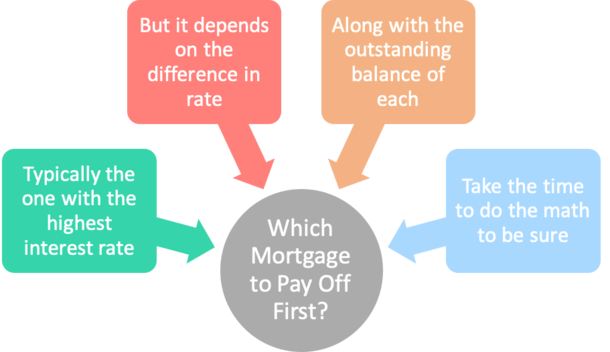GSE guarantee fees rose in 2022 as product mix shifted
unitedbrokersinc_m7cmpd2024-05-02T20:16:35+00:00The shift in product mix and type caused the average guarantee fee paid on loans sold to Fannie Mae and Freddie Mac to rise by four basis points in 2022 versus the prior year, an annual Federal Housing Finance Agency report to Congress stated.Combined, Fannie Mae and Freddie Mac acquired 3.8 million mortgages at a total dollar volume of $1.1 trillion in 2022. This made up 61% of all mortgages originated that year.Purchases made up 63%, while cash-out refinances were 25% along with rate and term refis that contributed 12% of that volume.In 2021, the government-sponsored enterprises bought 9 million loans with a balance of $2.6 trillion.The average total guarantee fee paid was 61 basis points in 2022, up from 57 basis points in 2021."The increase is largely due to the change in loan purpose and product mix across the two years," the FHFA report said. The 2022 vintage had a higher percentage of purchase mortgages, as well as 30-year fixed-rate loans versus the 2021 production. Those characteristics have higher g-fees than refis or shorter term fixed-rate mortgages.The ongoing portion of the g-fee was marginally higher in 2022, 44 basis points versus 43 basis points. But the annualized upfront fee rose to 17 basis points from 14 basis points, which the report termed "a more significant increase," driven in part by the expected lifespan of a GSE loan falling to 5.8 years from 6.9 years in 2021.On a non-annualized basis, the upfront fee rose to 94 basis points in 2022 from 92 basis points in the prior year.The highest g-fees were for cash-out loans, at 69 basis points in 2022; one year earlier it was 66 basis points. Purchase loans averaged 59 basis points versus 55 basis points in the year-to-year comparison, while for the rate/term refi, g-fees actually decreased to 50 basis points from 53 basis points, which the FHFA attributed to the August 2021 elimination of the adverse market refinance fee, a 50 basis point charge put in place in December 2020 to cover pandemic-related losses.Because of higher rates, the share of 30-year FRM purchased in 2022 was 9 percentage points greater than the prior year. For those loans, the g-fee rose year-over-year to 63 basis points from 60 basis points.The 15-year FRM average g-fee was unchanged at 42 basis points. For adjustable-rate mortgages, they increased to 59 basis points from 57 basis points.Meanwhile, increased g-fees for certain higher balance and second home loans were put in place in April 2022. FHFA later eliminated upfront fees for lower income homebuyers and related products."The reduced revenue from the elimination of upfront fees for certain homebuyers and affordable products was primarily offset by the targeted fee increases on certain high balance loans, second home loans, and cash-out refinances," the last of which was announced in February 2023, the report noted.While the g-fees for mortgages whose loan-to-value ratio is under 80% is the highest at 62 basis points, credit enhancement — primarily in the form of private mortgage insurance — means the 80% to 90% bucket has a 59 basis point average g-fee and over 90% is at 56 basis points.

